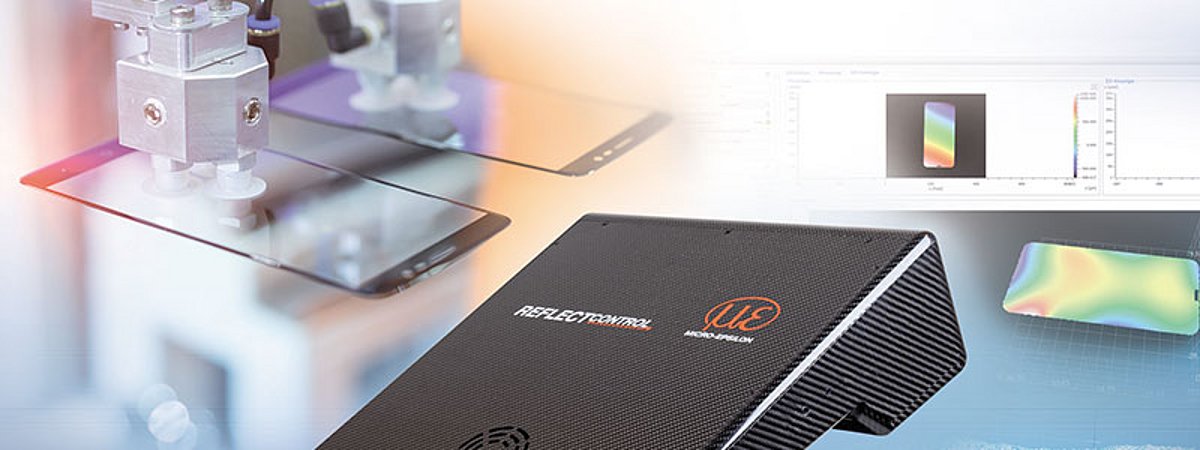Micro-Epsilon: Sensors for 3D surface inspection and defect detection

The 3D ReflectControl sensors from Micro-Epsilon offer an innovative solution for surface inspection and defect detection on highly reflective and transparent surfaces. Using phase-measuring deflectometry, they enable surface measurement and deliver precise measurement results.
ReflectControl sensors from Micro-Epsilon use phase-measuring deflectometry to precisely analyze reflective surfaces. A stripe pattern is projected onto the surface and its reflection is recorded by two cameras. From the images, the sensor calculates a 3D point cloud of the surface structure, making unevenness, scratches and other defects visible. The sensor can be integrated stationary or guided over the measurement object on the robot. Localized deviations or defects are evaluated and displayed in the CAD data. The RCS130-160 3D HLP is specially optimized for measurement and inspection tasks in production lines and has a GigE Vision interface. As a result, it delivers GenICam-compliant data, enabling seamless integration into existing image processing systems. Thanks to the improved camera arrangement, the sensor delivers sharper 2D images than its predecessor model as well as a 3D representation of highly reflective surfaces. This allows the topology of components (e.g. flatness, deflection and curvature) to be determined. The high z-resolution in the nanometer range and the excellent repeat accuracy of < 1µm ensure that the sensor outputs up to 5 million 3D data points.
Detect surface defects precisely and reliably
Sensors from the ReflectControl series can be used in semiconductor production, for example, where they detect the exact shape of a wafer. The sensors are also predestined for the automotive industry: Even the smallest surface defects of less than 1 μm can be detected precisely and reliably during the surface inspection of painted add-on parts. The ReflectControl sensors can also be used together with the Micro-Epsilon 3DInspect software. The software transfers the measurement data from the sensor to a PC via Ethernet and visualizes it in 3D. There, the data is further processed, evaluated, assessed and, if required, logged with 3DInspect and transmitted to a control unit. The 3D data can also be saved.
